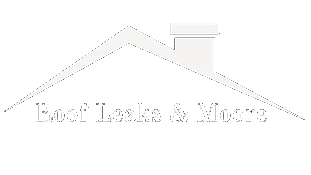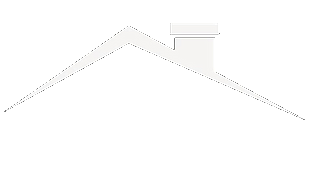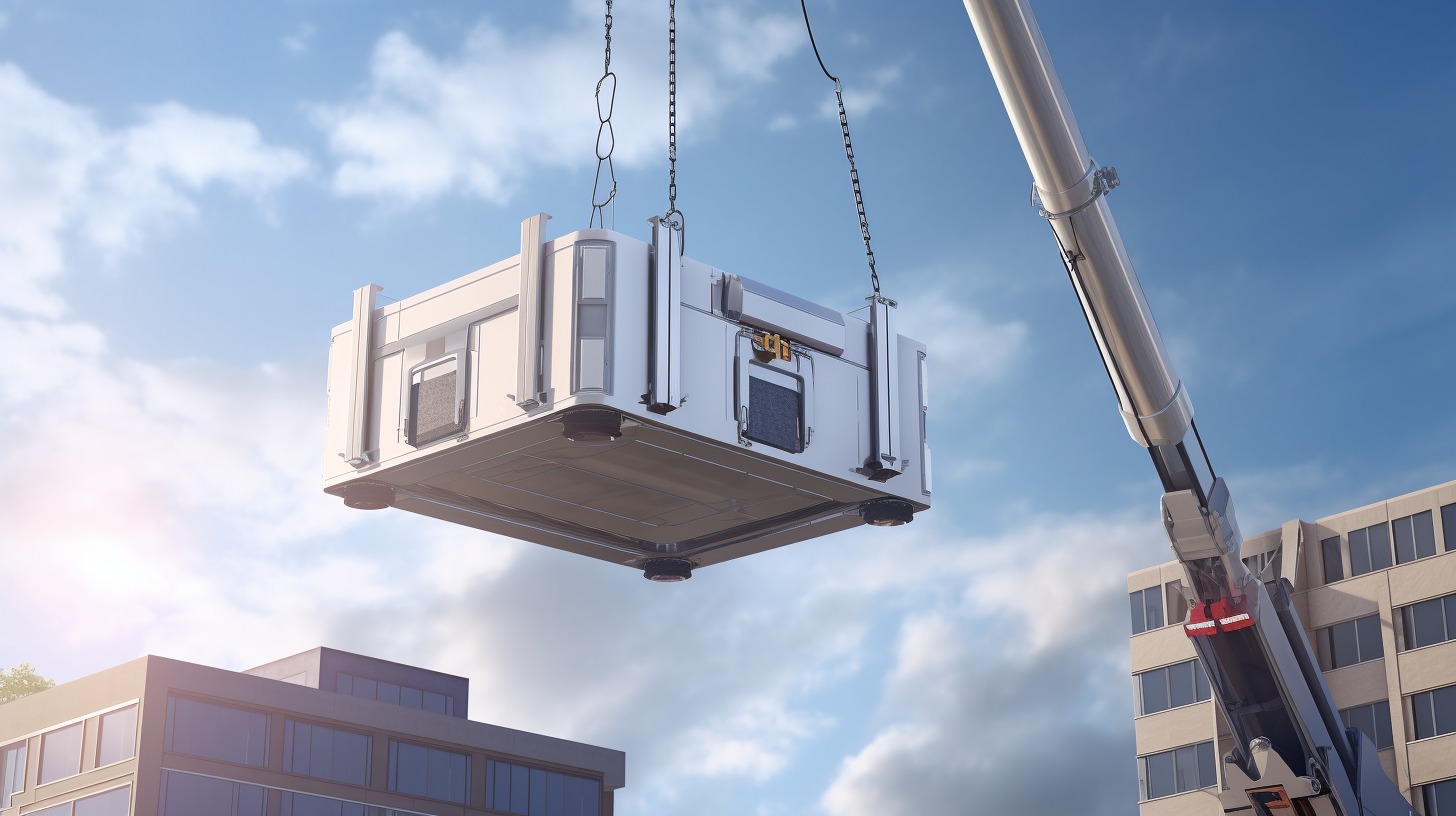You’ve heard the phrase, ‘it’s like putting a square peg in a round hole.’ Well, when it comes to installing medical equipment on your roof, it’s more like putting a square peg on a delicate balance beam.
The weight and impact of medical equipment can have a significant impact on the structural integrity of your roof, putting your investment at risk. As a medical facility owner or manager, it’s essential to take proactive measures to assess the impact of medical equipment on your roof’s integrity.
By conducting regular inspections, reinforcing the roof, properly installing and maintaining equipment, and investing in protection measures, you can ensure the safety and longevity of your roof while protecting your investment. In this article, we’ll explore the potential risks, strategies for assessment and reinforcement, and ways to protect your roof from damage caused by medical equipment.
Understanding the Weight of Medical Equipment
You may be surprised at just how much weight your medical equipment can add to your roof, and the impact it can have on your investment.
The weight of your medical equipment must be distributed evenly across your roof, or it can cause structural damage to your building.
It’s important to calculate the weight of your equipment accurately to ensure that your roof can handle the additional load.
When assessing the impact of medical equipment on roof integrity, it’s crucial to take into account the distribution and calculation of the weight of your equipment.
The weight of your equipment can cause stress on your roof structure, which can lead to cracking or leaking.
Therefore, it’s essential to ensure that the weight of your medical equipment is distributed evenly, and your roof is designed to handle the additional load.
By considering the weight of your equipment, you can protect your investment and maintain the integrity of your building.
Speaking of which, conducting a roof inspection can help you identify any potential issues that need addressing.
Conducting a Roof Inspection
Before conducting a roof inspection, it’s important to ensure that all necessary safety precautions have been taken. Here are some things you should keep in mind:
- Wear appropriate personal protective equipment (PPE) such as a hard hat, safety glasses, and non-slip shoes to prevent slips and falls.
- Make sure the roof is dry and free of any debris that can cause tripping hazards.
- Check the weather forecast for any potential hazards such as strong winds or lightning before starting the inspection.
- Ensure that all access points to the roof are properly secured to prevent unauthorized personnel from entering the area.
- Always work with a partner, and establish clear communication to avoid accidents.
During the roof inspection, be on the lookout for common issues that can affect the integrity of your roof. These issues may include cracks, leaks, or signs of wear and tear. Additionally, you should pay attention to any safety concerns such as loose or missing roof tiles, exposed electrical wiring, or damaged safety rails.
By identifying these issues early on, you can address them before they become more serious problems. With a thorough inspection, you can ensure that your roof is in good condition, and take steps to reinforce it if necessary.
Reinforcing the Roof
To reinforce the roof, it’s essential to identify potential weak spots and address them promptly, ensuring that your home remains safe and secure. Roof reinforcement techniques can vary depending on the type of equipment being installed, the building structure, and the environmental conditions in the area.
The most common methods include adding extra support beams, strengthening the roof deck, and reinforcing the walls around the equipment. When assessing the impact of medical equipment on roof integrity, it’s crucial to consider the effect it may have on the overall building structure.
Heavy equipment can put a strain on the roof, causing it to sag or even collapse if not adequately reinforced. It’s crucial to work with a professional roofing contractor who has experience in installing and reinforcing roofs for medical equipment to ensure that your investment is protected. Proper installation and maintenance of equipment are also essential to avoid any potential damage to the roof.
Proper Installation and Maintenance of Equipment
Make sure you’re properly installing and maintaining your equipment to prevent potential damage to your roof. Equipment safety should always be a top priority, especially when it comes to protecting your investments.
Before installation, make sure that your equipment is compatible with your roof’s load-bearing capacity. Check for any weak spots or areas that might need reinforcement. Proper installation techniques, such as using non-penetrating mounts, can also help prevent damage to your roof.
To keep your equipment in good condition and prevent damage to your roof, it’s important to follow maintenance guidelines. Regular inspections can help you identify any potential issues before they become major problems. Cleaning your equipment on a regular basis can also help prevent corrosion and other types of damage.
Finally, make sure that your equipment is properly secured to prevent it from shifting or falling during high winds or other severe weather conditions.
Ensuring the proper installation and maintenance of your equipment is key to protecting your roof and your investments. By taking these steps, you can help prevent damage and extend the life of your equipment.
In the next section, we’ll discuss some additional measures you can take to invest in roof protection.
Investing in Roof Protection Measures
If you want to prevent damage to your roof, you should consider investing in protective coatings, roof membranes, and barriers.
These measures can help protect your roof from wear and tear caused by weather, foot traffic, and other factors.
Protective coatings can also help extend the lifespan of your roof, saving you money in the long run.
Installing protective coatings on the roof
By installing protective coatings on the roof, you can ensure the longevity and safety of your medical equipment investments. Roof coatings are a popular option for protecting the roof from damage caused by weather, UV rays, and other environmental factors. These coatings are applied directly onto the roof to create a barrier that prevents water from seeping through and causing damage to the underlying structure.
In addition to roof coatings, waterproofing membranes are another effective option for protecting your roof. These membranes are designed to be installed underneath the roof surface to prevent water from penetrating the roof deck. By using these types of protective measures, you can extend the lifespan of your roof and prevent costly damage to your medical equipment.
Moving forward, let’s explore how using roof membranes and barriers can further protect your investments.
Using roof membranes and barriers to prevent damage
Using roof membranes and barriers can effectively prevent water damage to your valuable assets, ensuring their longevity and safety.
Roof membranes are typically made of synthetic materials, such as PVC or EPDM, and are installed over the existing roof to create a protective layer. These membranes are highly durable and resistant to water, making them an ideal solution for preventing water damage to your medical equipment.
Barrier solutions, on the other hand, are installed directly on the roof to prevent water from penetrating and damaging the structure. These barriers can be made of various materials, such as aluminum, copper, or stainless steel, and are designed to channel water away from your equipment.
Barrier solutions are highly effective at preventing water damage, but they can be more expensive than roof membranes. Ultimately, the choice between these two solutions will depend on your specific needs and budget.
Regardless of which option you choose, investing in a protective layer for your roof is crucial to safeguarding your valuable medical equipment and ensuring its longevity.



